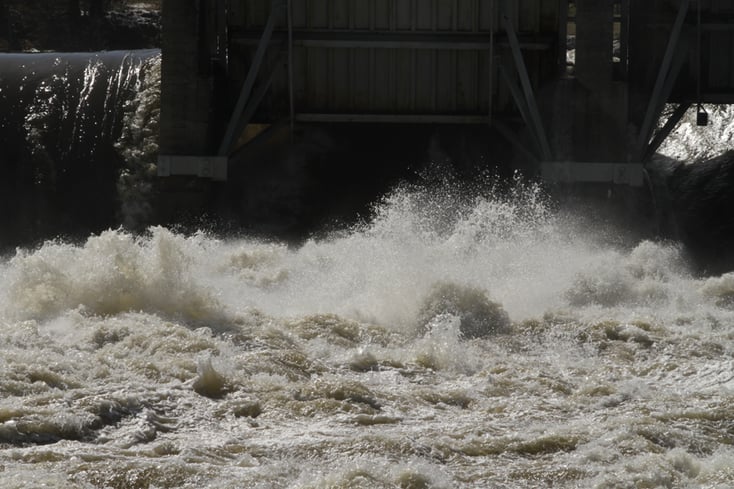Go Green: How Leak Locating and Repair Helps the Environment
- Home
- Team EJP Blog
- Go Green: How Leak Locating and Repair Helps the Environment
- Mar 15, 2016 8:59:18 AM
- Everett J. Prescott

With over 7 billion people on our planet, there's no doubt that saving our planet's finite resources and clean water makes good sense. But in a country with excellent water supplies, we often forget just how much water is wasted every day. Older water pipes begin to corrode and leak, soil subsides and causes small cracks and when it all adds together, nearly six billion gallons of treated water is lost on a daily basis in our country, estimated at 14-18% of the country's daily water usage. Locating and repairing leaks can make a big difference in our country's everyday water use. Here's how:
Virtually all water distribution systems have some amount of water waste through leakage. One of the most difficult parts of a municipal employee's job is locating these leaks. Unless you have a really spectacular failure in a pipeline that makes it very obvious exactly where the leak is, you may be frustrated by trying to find the exact location. This is especially true if you have an extensive distribution system that is aging or has multiple points of failure where leaks could be happening. But there are a few different ways to approach leak location.
 You could play the guessing game, monitoring water usage on different branches and slowly using the process of elimination to gain a rough approximation of where the leak is located, but it will still take some effort and a good bit of digging to find the exact location and effort repairs. You could purchase expensive testing equipment to help you find the leak and take the time to train your crew in using the equipment effectively, but once you've finished finding the leaks and repairing them, what will you do with that equipment? A third option is to hire in a professional service to locate the leak for you, which helps you gain the expertise and equipment without having to purchase and maintain those skills and tools.
You could play the guessing game, monitoring water usage on different branches and slowly using the process of elimination to gain a rough approximation of where the leak is located, but it will still take some effort and a good bit of digging to find the exact location and effort repairs. You could purchase expensive testing equipment to help you find the leak and take the time to train your crew in using the equipment effectively, but once you've finished finding the leaks and repairing them, what will you do with that equipment? A third option is to hire in a professional service to locate the leak for you, which helps you gain the expertise and equipment without having to purchase and maintain those skills and tools.
Part of what will help you decide the best course of action for your municipality, institution or business for your situation is the timeline you're looking at. If your leak problem is acute, you may not have the time to order in equipment and train personnel. It is often best in these circumstances to hire in a professional service. If the leak is small and isn't causing disruptions to your system, you can use equipment to locate the leak, as the shutdowns required to estimate a location may cause customer service issues and complaints from customers on those distribution lines.
Once the leak is located, repairs can begin. But if the leak was caused by corrosion from the soil, you may have concerns about the surrounding pipes in the area. One way to ensure that the corrosion will slow or stop is by coating the pipes in a protective material. This is still a stop-gap measure until you can get the pipes replaced with ones that won't corrode as easily, but it should buy you a significant amount of time to get bond measures passed or find the needed funds in the budget.
By taking steps to locate leaks, we can help our planet and conserve resources at the same time that your municipality or organization saves money by reducing waste. If you need help with locating leaks in your infrastructure, please feel free to contact the experts at Team EJP today. We're always happy to help you find solutions that meet your needs and improve your system's








